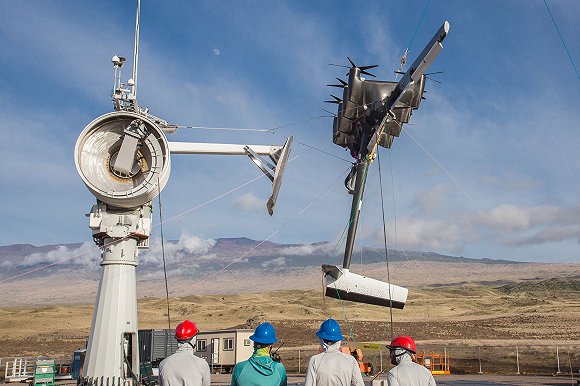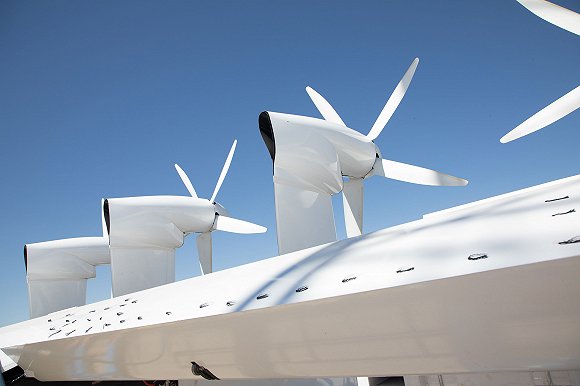It can go to the sea that the wind turbine cannot reach.

Image source: Makani
Makani has graduated from Google X Labs and its energy kite (Energy Kite) will take off at sea.
The company, founded in 2006, was originally founded by Corwin Hardham, Don Montague and Saul Griffith. The company's goal is to develop low-cost renewable energy using kite technology.
In 2013, Makani was officially acquired by Google and subsequently transferred to Google X Lab.
Astro Teller, director of Google's X Labs, believes the project may have a "significant impact on the future of global energy production."
In February of this year, Makani was independent from X Lab and directly affiliated to Google's parent company Alphabet.
The energy kite developed by Makani replaces traditional steel with “light electronic equipment and intelligent software”. This will be about 90% lighter than a turbine of similar power rating.

Image source: Makani
It is tied to the ground station by a rope that is half a kilometer long. When the kite hovered, the engineer used the flight control system to rotate the eight rotors of the kite and lift it vertically.
Once the kite reaches a height of about 300 meters, it begins to glide in a vertical loop, rotating the rotor and driving the generator, generating electricity that moves down the conductive tether and onto the grid.
Makani's newly developed energy kite M600 prototype weighs about 2 tons and can deliver 600 kW of electricity to the grid during operation.
Makani CEO Fort Felker said that for today's wind energy technology, two-thirds of the world's coastal waters are too deep to economically access these resources. This is where Makani's energy kites can help – it can go to the seas that wind turbines can't reach today.
Makani's technology does not require the support of a large platform. Due to their light weight, these energy kites will be mounted on smaller mast pontoons with synthetic lines and gravity anchors.

Image source: Makani
Previously, the testing of energy kites was carried out on land.
After becoming an independent company, Makani has established a partnership with energy giant Shell's wind energy development department, hoping that with the help of Shell's technology, kites can be tested at sea.
Because the coastline is rugged and the sea conditions are complex, engineers need to tailor the floating system to the waters. This is where Shell comes in.
Dorine Bosman, Shell's vice president of wind energy development, said the company could provide extensive floating structural engineering and operational experience to test the new offshore floating system to help commercialize Makani's systems.
Shell plans to test it in the Norwegian waters later this year.
Joshua Rhodes, a researcher at the University of Texas at Austin Energy Research, said that most oil and gas giants are currently considering electricity. In this case, Shell's cooperation with Alphabet makes sense.
















 RCCN WeChat QrCode
RCCN WeChat QrCode Mobile WebSite
Mobile WebSite